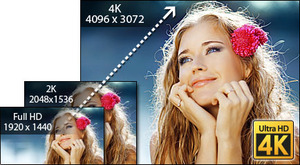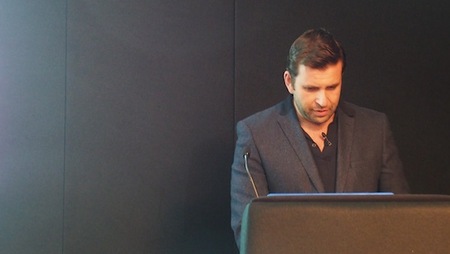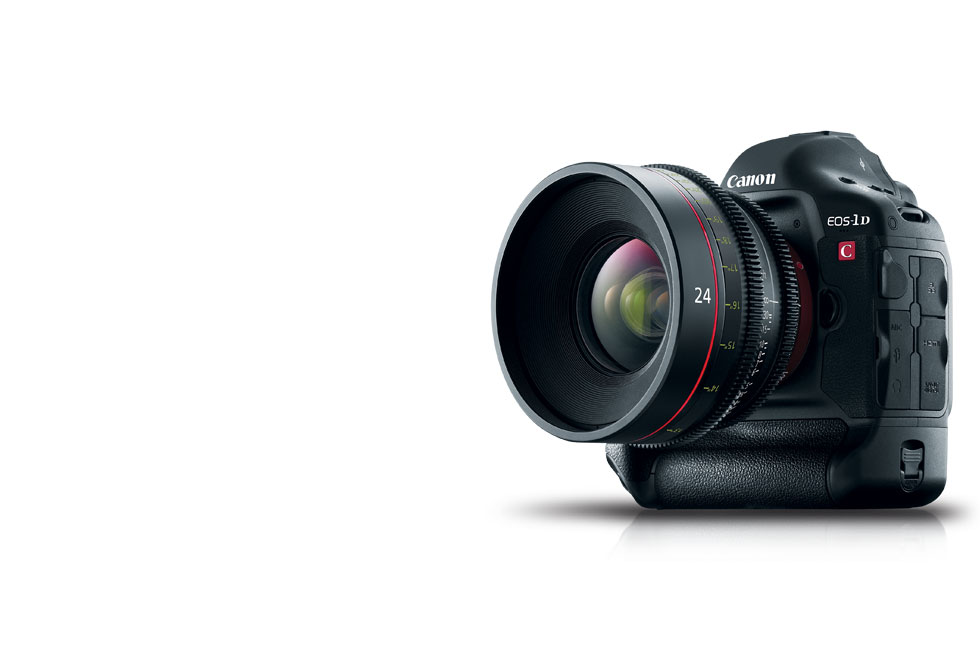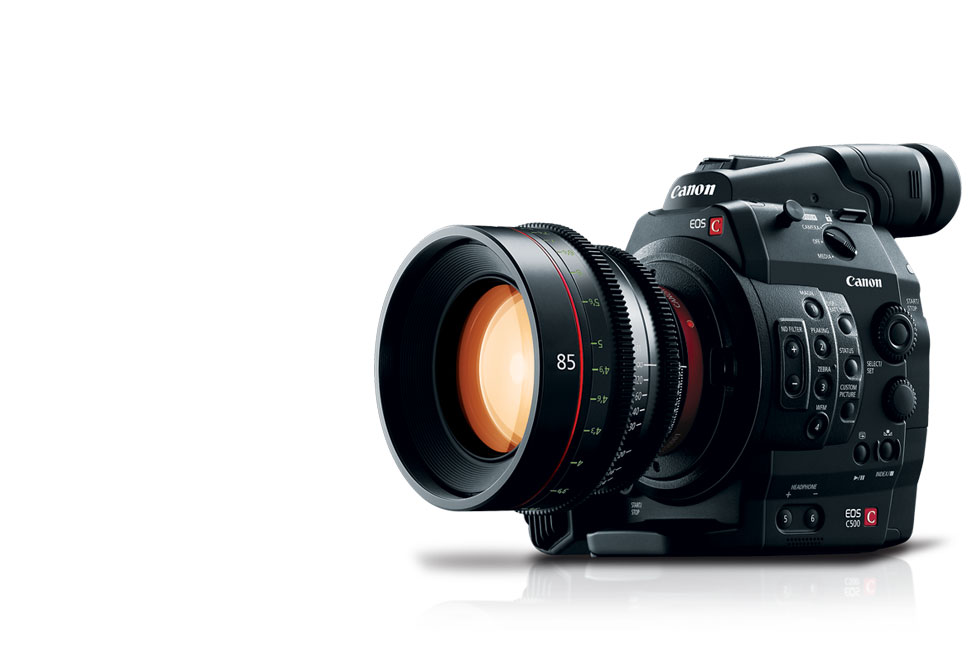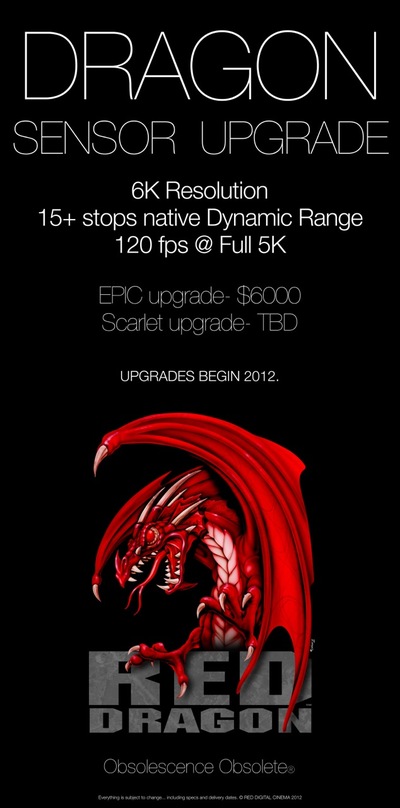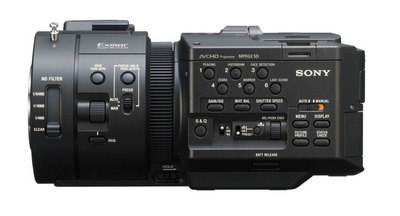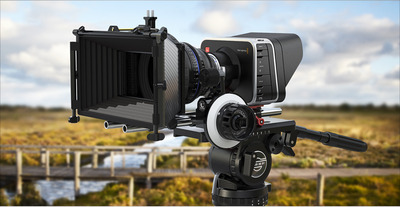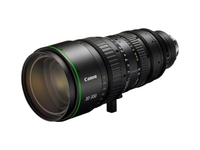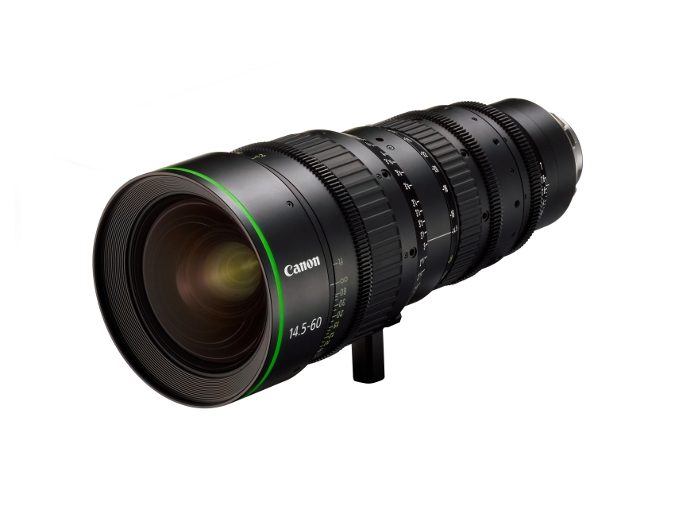The rise of 4K and the Conundrum of the 1DC
 Wednesday, March 6, 2013 at 10:55PM
Wednesday, March 6, 2013 at 10:55PM Just a few years ago, I darkened the door of my first broadcast exhibition. There have been many since. Back in those days the big beast striding the halls was 3D. The massed ranks of the electronic industry were desperate to convince you that you needed a 3D strategy. If you only cared about 2D then your market was about to be flat. As I wandered the shiny things and flashing lights of this year's BVExpo in London 3D was notable mainly by its absence. So what are the cool kids playing with this year? Well that would be 4K sir. I wouldn't say that it had quite the same razzmatazz behind it as 3D did, but there was definitely an underlying theme.
Like 3D, 4K is not something you can easily see at home without the right equipment. So a show like BVE is the best place to get your own eyes on the effect. What 4K is about is resolution. With at least 4x the number of pixels as 1080p, 4K or UltraHD is a big jump in resolution. Technically it presents fewer curve balls than 3D, it is mainly a question of data and how to deal with it. However, there are still a lot more unknowns than there was with 3D. Even in those early days of 3D we knew a lot more about how it was going to reach our screens whether that was at the local multiplex or in our own lounge. Most of the cinemas I frequent are already projecting in 4K but the domestic arrangements are still barely pencilled in.
So if you are not producing your output for the Odeon or Vue, should you care? Is this another fad? My own feeling is that it is more than a fad. I personally think it is inevitable but that its rate of advance is far from certain. These are my latest thoughts based on the show floor and attending Philip Bloom's presentation on the Canon 1DC.
On the show floor, a number of stands had 4K monitors of around 50inches or less. The did look good but then so does a high end 1080p monitor. Even very close its very hard to see a pixel and this has a benefit on disguising noise. The problem is that you don't have to move very far from the screen for that to be also true of HD. I am not sure that I would be able to tell them apart on a 50in screen at say 4m - roughly what I have in my lounge. The same was pretty much true when I moved up from 720p to 1080p. This is very typical setup in the UK. Love it or hate it, 3D does offer an alternative experience. The gain from 4K in the living room seems marginal.
Philip Bloom made his presentation in the 4K theatre. This featured a commercial 4K projector but the screen was on a more domestic scale. It can be hard to judge in a much larger room but it looked quite similar to my own 8ft screen. All the 4K material Philip showed came from the Canon 1DC of which more later. So we are still at a domestic scale albeit a much higher end source. It didn't really change my opinion, once again it looked good, but not a huge upgrade over a good HD projector. I am sure 4K has a lot more in hand but I am still unconvinced the domestic scale quite warrants it. At the moment that is academic as there is still a gap which is the delivery mechanism. Sony have something planned to support their devices but I haven't seen any firm details. Just as I write this there are stories breaking about 4K streaming on the PS4 and talk of 100GB files. If you live in the sticks like I do then it might as well be delivered on gold bricks. RED also have plans but again details are sketchy and I wonder about what content they will have the rights to deliver. This is a notoriously difficult area to navigate, especially internationally. The data rates I have heard mentioned for RED are much lower, almost in the too good to be true bracket. They have some clever guys there but I have seen instances in the HD realm where data rates have not expanded to match resolution multiples to the detriment of overall image quality. There is a lot of hard maths involved in balancing data rate, resolution, frame rate, colour and compression. Any compromise here would undermine the 4K advantage and put me off entirely. I don't want to seem negative, I just have high expectations. I have seen films at the cinema recently like Skyfall and Lincoln projected in 4K that have looked sensational. Skyfall was not even acquired in 4K but it did not seem to impact the end result to my eyes.
Acquisition is perhaps the area we know most about. Available on RED from its inception and increasingly appearing in camera systems from Sony, Canon and others. The Canon 1DC is more or less the entry level option available now. There is this strange dichotomy where it is "cheap" for a 4K camera but very expensive for a DSLR. It is twice the cost of its very close relative, the 1DX. One advantage it has is that 4K recording is on board - something its more expensive relative the C500 can't manage. The downside is that the codec used is more limited. Compression is higher than alternative products particularly when it comes to colour space. So is it worth the money over the 1DX?
One person who thinks so is Philip Bloom. Philip explained that he had all the reservations I have shared before using the camera. He had already been converted by the performance of his 1DX, used very effectively here in this Olly Knights music video. He still regarded himself as a 4K skeptic. However, after trying a 1DC he found himself trading up. The primary reason was the detail in the image. Comparing images from a still frame (say, from a time-lapse sequence) with a frame from a video sequence can be depressing. So much detail is lost in the moving frame. This is just not the case with 1DC. Philip equates the moving frame quality from the 1DC in 4K with a medium jpeg. This was very clear in the image blow-ups that Philip shared with us. This was the killer feature that convinced him, bolstered by the advantages of being able to reframe for HD or high quality masters. It's not the perfect camera, it still has most of the DSLR foibles and the codec is limited in speed and gradability. However, Philip feels that its improvement in image quality combined with traditional DSLR strengths of size, low light capabilty and stills ability is worth the investment. It was hard to disagree looking at a new music video project shot on the 1DC. Though I must admit that I soon forgot to pixel peep and just enjoyed the images and the song - just how it should be.
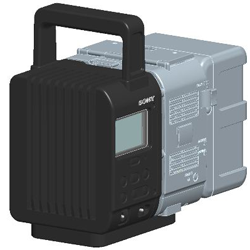 4K interface unit and recorder for FS700
4K interface unit and recorder for FS700
For me personally the 1DC doesn't really fit my needs. Some time in July (allegedly), Sony will release the 4K upgrades for my FS700. Like with Phil's move from the X to the C there will likely be a substantial investment required. An investment difficult to justify on the basis of need (stop laughing - I know thats never stopped me before). It may also be sometime before I can even enjoy the full benefits of the improved acquisition. Even discounting my early adopter nature, I still have a nagging doubt that I may regret not adopting 4K in the long term. This coming from a man contemplating ordering a skip to dump my VHS tapes and driven to distraction by accidentally watching the DVD of Skyfall before he discovered where they had hidden the Blu-ray disk in the box.
 4K,
4K,  Canon 1DC,
Canon 1DC,  Philip Bloom in
Philip Bloom in  Event,
Event,  Technology
Technology 
